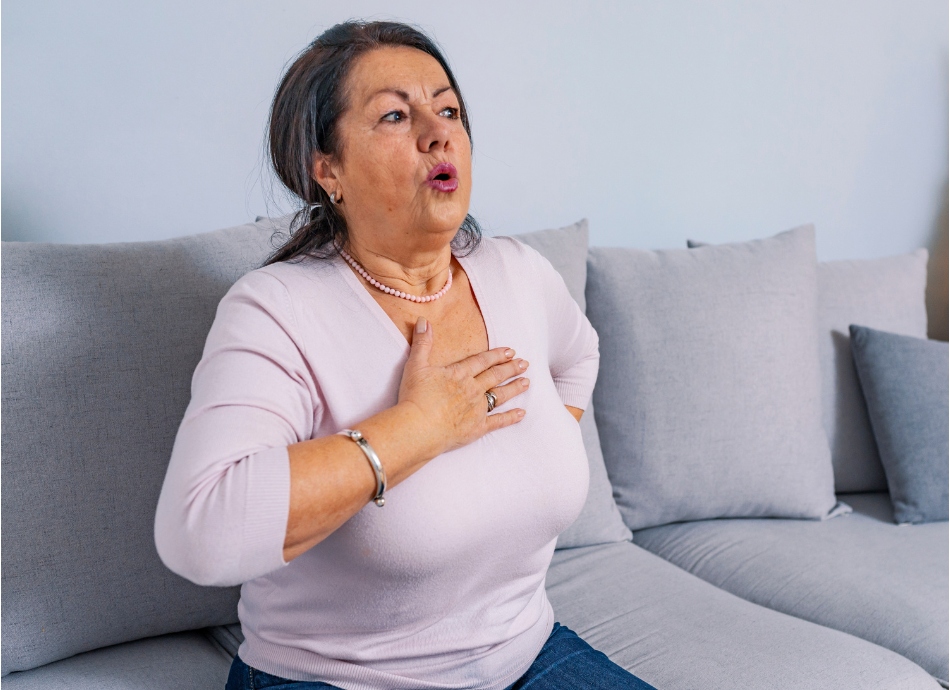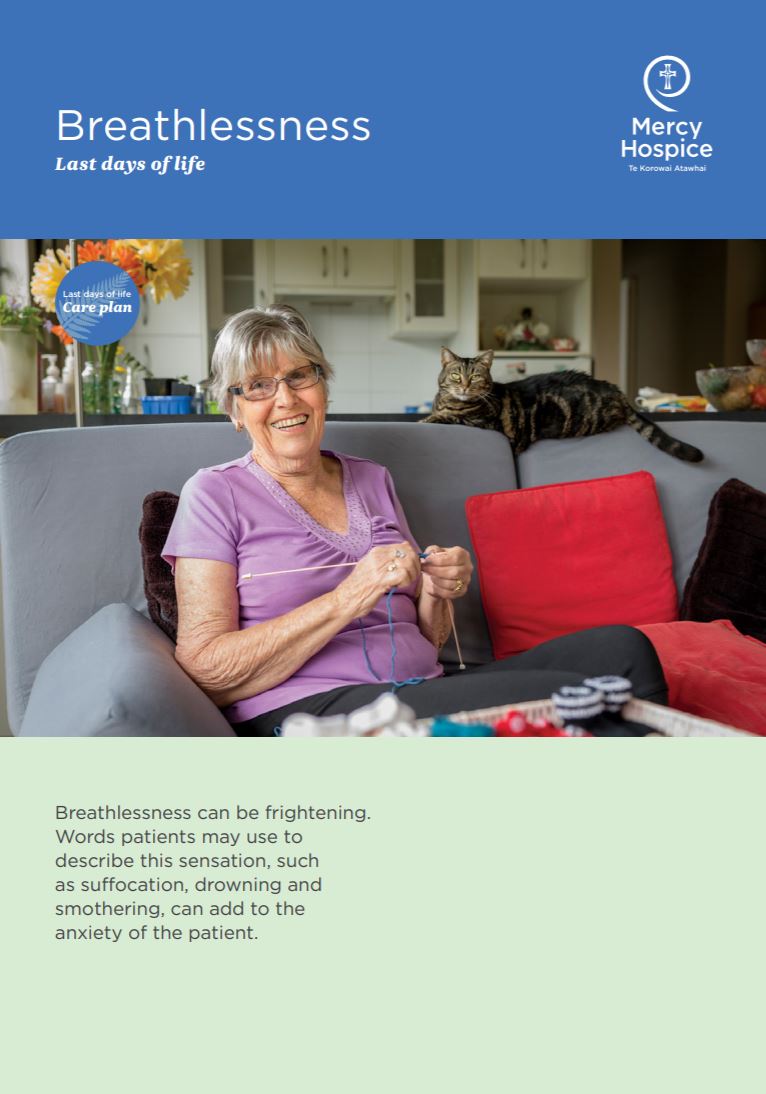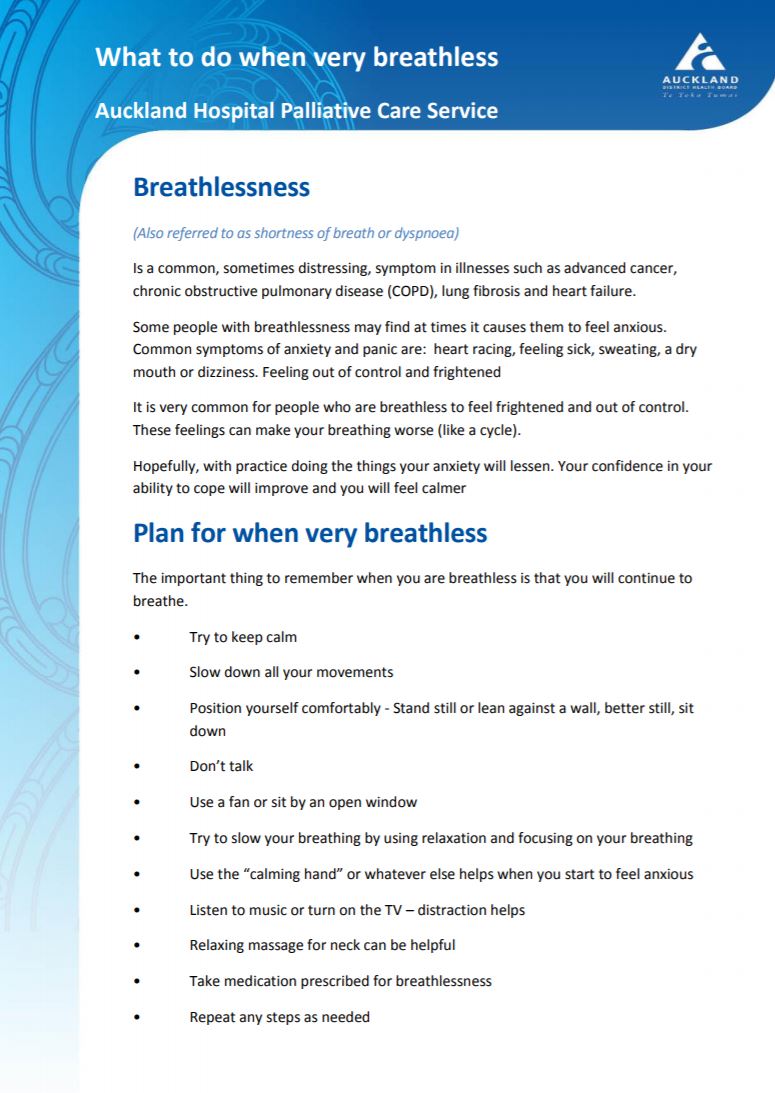Breathlessness is also called shortness of breath or dyspnoea. It can feel like:
- a tightness in your chest
- you can’t get enough air when you breathe in
- you’re having to work hard to take a breath
- it’s stopping you from moving or talking due to lack of air.
Breathlessness can last a little while, or it can come and go or be with you all the time. It can also make you feel very anxious about having problems while breathing.
Being short of breath may mean you have problems staying active and doing all the things you need to do. It may also make you very tired and make you feel down or a bit hopeless.
When is it important to get help?
If your breathlessness comes on very suddenly or is very severe meaning you can’t get enough breath, get medical help.
It’s also important to get help if you have shortness of breath and:
- a headache or feeling of fullness in your head
- swollen veins in your neck or chest
- swollen arms, hands, neck or face
- dizziness
- changes to your vision.









